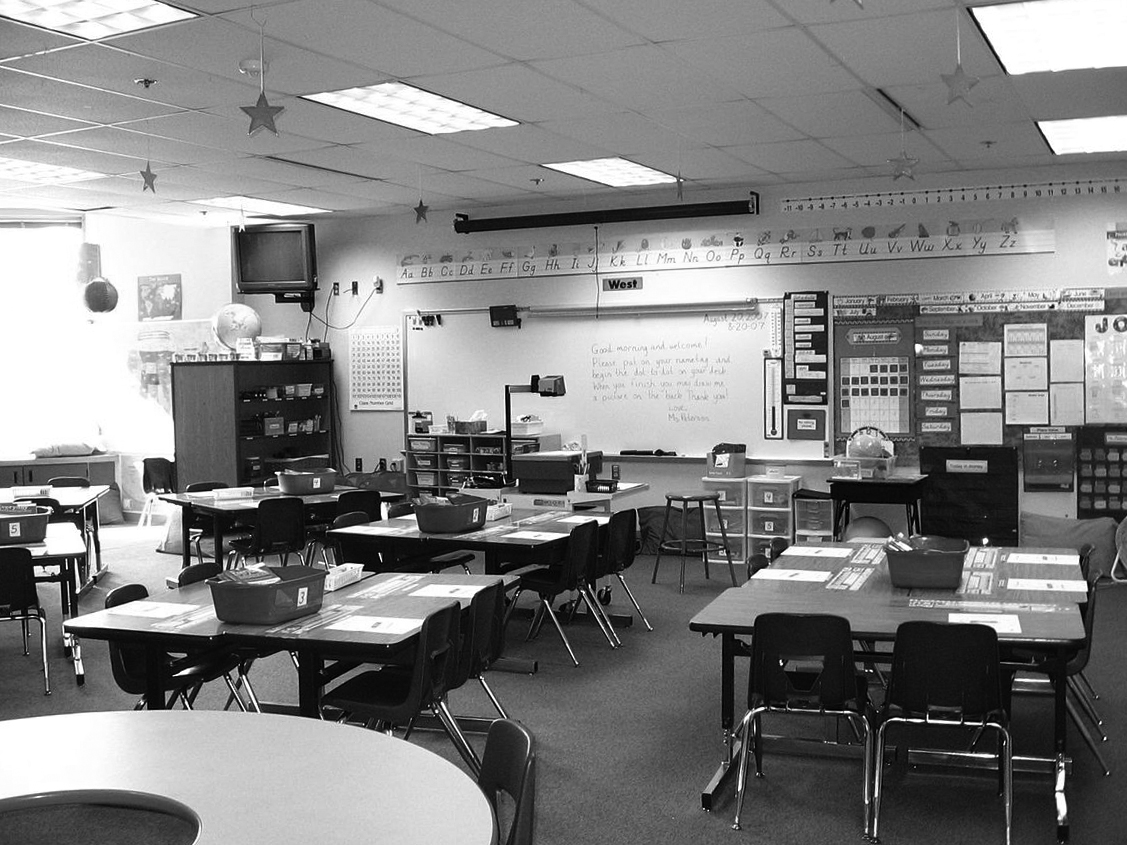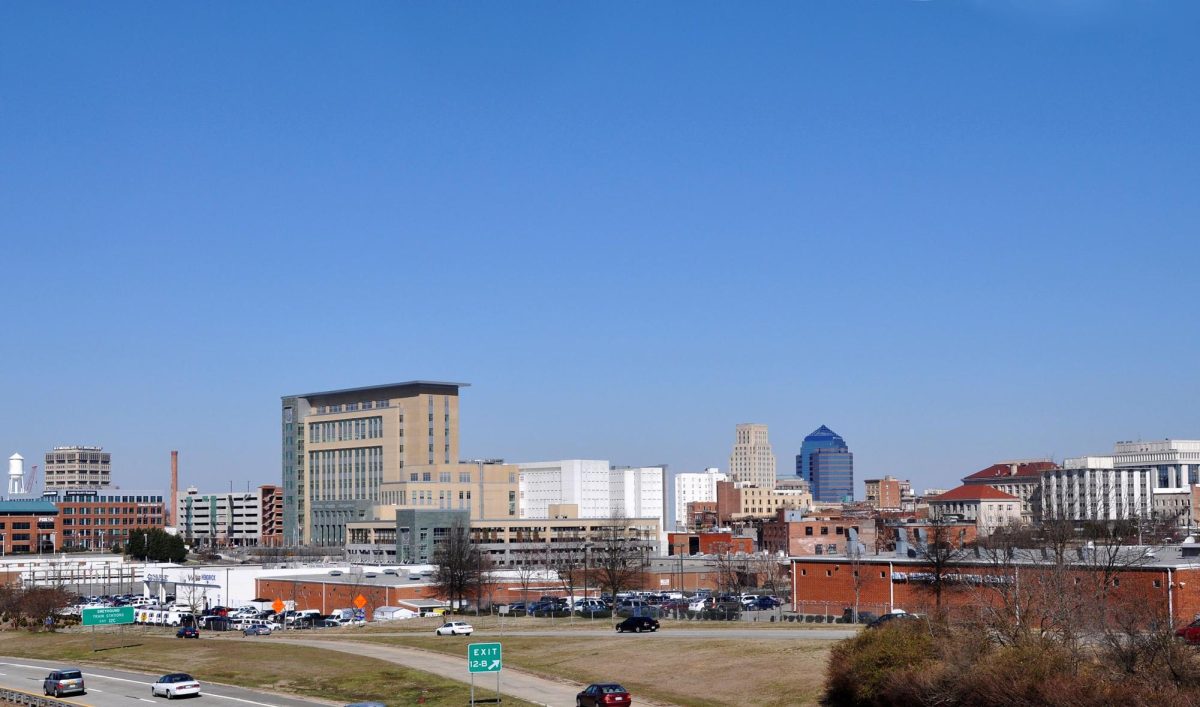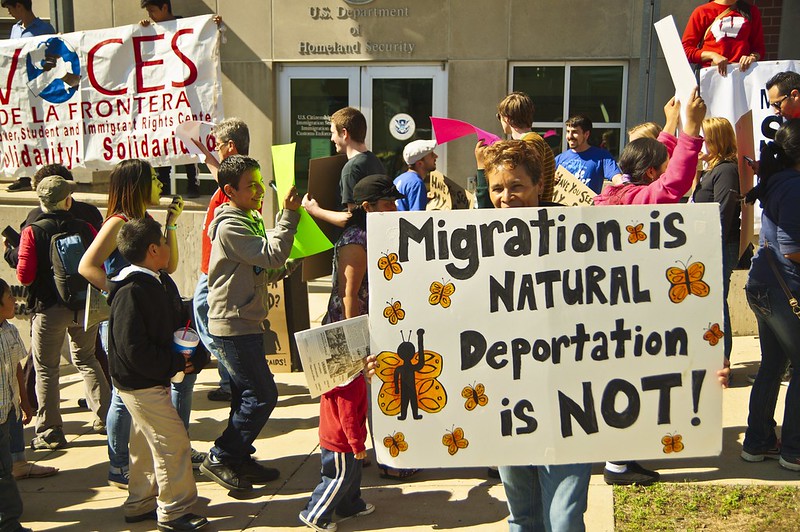If you’ve attended a public school like me, you’ll know they need help; but in the same breath, you’ll know these schools are crucial. The U.S. needs to uplift and support public schools, rather than abandoning them.
Everyone who attends a public school has a moment where they say — “oh, it really is that bad.” For me, it was when my teacher had to cover a crack in the floor with Tupperware to avoid kicking up asbestos. For others, it may be a teacher resignation surge in their senior year.
Let’s not sugarcoat it: American public schools have problems. From a structural standpoint, The American Society of Civil Engineers gave America’s public schools a grade of D+, with 31% of America’s public schools having below-average plumbing and 30% having below-average heating.
They also aren’t doing particularly well compared to their private school counterparts. According to USNews, private schools tend to have better graduation rates and test scores than public schools.
Public schools definitely have problems, so how do we solve them? Part of the Trump administration’s solution seems to be dismantling the Department of Education.
In a video, President Donald Trump said, “One other thing I’ll be doing very early in the administration is closing up the Department of Education in Washington D.C. and sending all education and education work and needs back to the states.”
Republicans say it’s about states’ rights, but have shown support for school voucher programs, where the state pays for students to attend private schools, so it’s hard to believe they actually intend to improve their public education.
Besides, the Department of Education does not directly control U.S. schools. Per their website, the Department of Education takes a “leadership role in the ongoing national dialogue over how to improve the results of our education system for all students.” The department also distributes funds to public schools, but states and districts have most of the control.
Sending education back to the states wouldn’t help because federal support is vital for public schools. Dr. Jenn Ayscue, an associate professor of education at NC State, spoke about how federal funding helps public schools.
“The federal government does provide some funding for education to states and districts, and while it’s smaller than the proportion of funding from states and local districts, it’s important. It supports programs for low-income students, supports programs for multilingual learners, students with disabilities, first-generation college students,” Ayscue said.
Other school types, like private schools, have fewer guardrails protecting marginalized students — in particular, students with disabilities. According to Education Week, less than 2% of students with disabilities attend private schools. In fact, private schools often partner with public school districts for co-teaching in special education programs.
Outside of that, private schools don’t have to accept everyone, meaning they can discriminate in some ways. I don’t want my tax dollars supporting schools that can reject students for personal characteristics.
This is the biggest problem I have with the administration’s plan; it completely discounts the point of public schools: accessible education for all, regardless of religion, sexuality, gender or socioeconomic status.
That’s part of the beauty of public schools. They put all kinds of people together to learn and grow together. Sure, students create cliques and exclude others, just like all kids do. But it’s that opportunity that makes room for understanding later in life.
Just as a concept, public schools are worth protecting. Everyone working together to ensure our next generation isn’t walking into life unprepared is something that should be protected, not replaced. Plus, considering the other options are private schools and charter schools – the latter of which is highly controversial – public schools are a crucial option.
So, what should we do to improve public schools? The most important element is improving funding.
“Well, first and foremost, I think investing in public education is critically important,” Dr. Ayscue said. That’s the crucial element; sure, we can improve public education in a myriad of ways, but investing in our nation’s future is the bare minimum. More spending on public education improves graduation rates, especially among low-income students.
Detractors to public education often use the defeatist, circular argument that public schools underperform; therefore, we shouldn’t fund them. However, studies show that funding public schools works, especially if you spend it on instruction and student support.
Oh, and funding to improve the run-down buildings might help, too. Personally, working with functioning plumbing and heating systems would help me learn. Showing the buildings that house our students and teachers a little respect would be nice.
Another critical step is understanding why students are struggling. Rather than immediately assuming public schools are inherently the problem, we could at least see if there are other explanations.
“It’s also important to think about the ways in which students are marginalized within schools —whether that’s through inequitable and unjust disciplinary practices or identification for special education services or gifted and talented programs—and think about how all of those different processes and programs work so that they can be more equitable and supporting of students,” said Dr. Ayscue.
These reforms, along with basic funding, would help improve student success. I’m not saying public schools are perfect, but shouldn’t we make the bare minimum effort before giving up?
I won’t pretend every experience I’ve had in a public school was perfect; those schools have been the site of some pretty unpleasant experiences. I’ve eaten lunch next to dead cockroaches, heard about teachers making Rube Goldberg machines to catch rats and seen bathroom stall doors ripped off their hinges. But if you look beyond the ugly facade, there’s an earnestness there.
I wouldn’t trade my public school years for anything. They’re full of teachers who’ll fight tooth and nail to make sure you succeed, who want to prepare students who may not otherwise have gotten a chance and all without having to shell out around $10,442 a year, the average tuition for private school in North Carolina.
Public schools gave many of us an education, but they also taught us how to live. My school district offered courses showing a future with or without college. My high school offered programs to help students learn how to apply for college. These resources are vital to many students’s life goals.
Public schools may not be the greatest, but they have a heart. They’re schools that serve everyone, and that virtue is more important than ever today. Destroying public schools destroys that dream.







